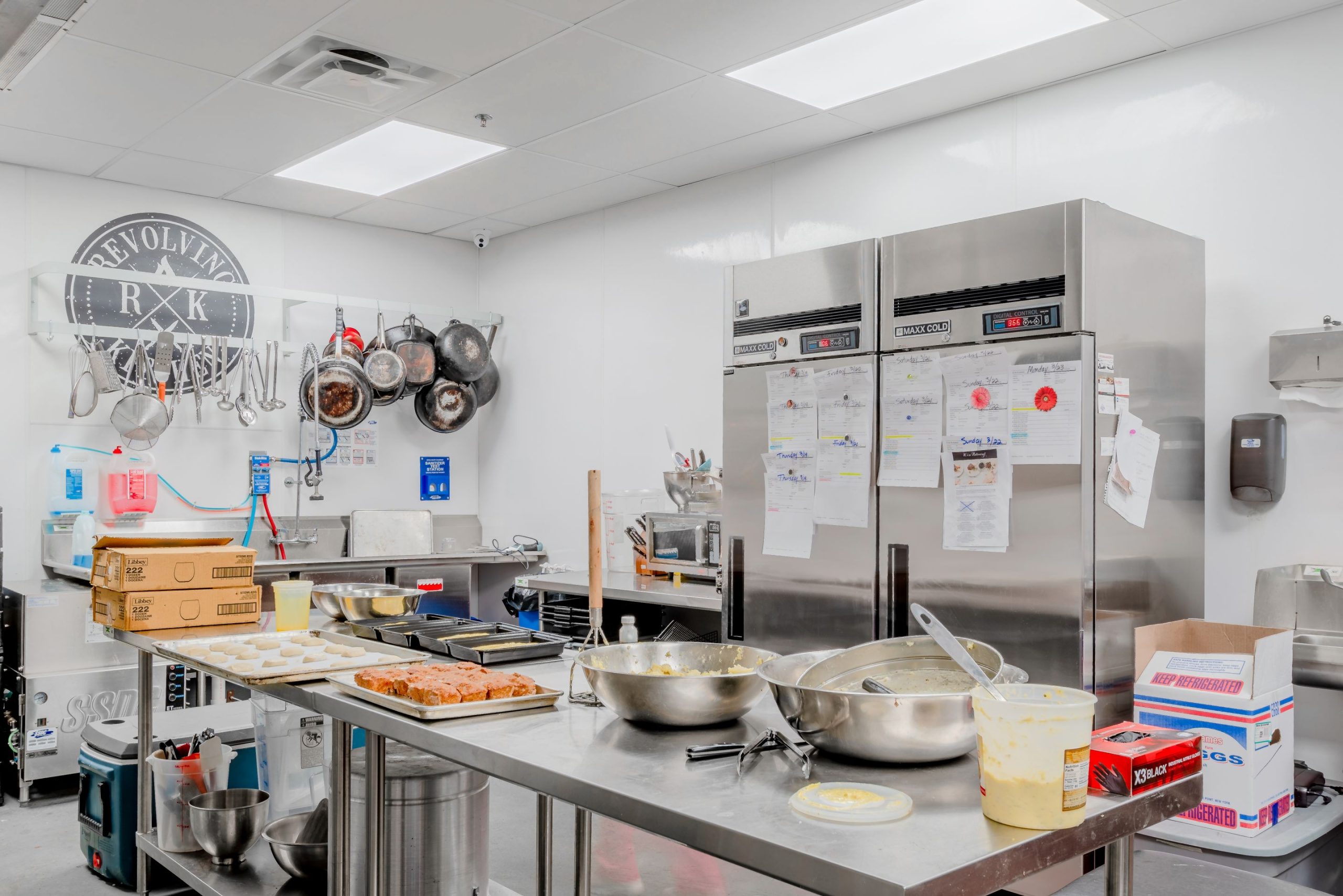Rising as a major breakthrough in the fast food sector in recent years, cloud kitchens drastically change the way meal delivery businesses run. Designed just for satisfying online orders, these kitchens also known as ghost kitchens do not include an actual eating area. Growing desire for quick, convenient, and reasonably priced food delivery choices drives the development of cloud kitchens. Cloud kitchens have been increasingly important in changing the fast food scene as consumer behavior changes and technological developments keep on. With reliable kitchen delivery, enjoy delicious homemade-style food without cooking, making mealtime effortless and stress-free for everyone.
The Changing Fast Food Distribution Model
Fast food restaurants historically concentrated on offering dine-in experiences alongside takeout cuisine. But the demand for actual restaurant locations dropped as meal orders increasingly rely on internet channels. By allowing companies to run kitchens just for food preparation for delivery, cloud kitchens have filled in this void. Reducing overhead expenses related to keeping a physical store helps cloud kitchens concentrate their energies on improving the meal preparation and delivery mechanism.

Operations: Cost Reduction and Efficiency
The potential of cloud kitchens to lower running expenses is one of their key advantages. These kitchens can run with a reduced labor and less infrastructure expenditures without a dining area or front-of-house personnel. This lets companies set more of their funds into bettering food quality, packaging, and technological integration. Cloud kitchens provide an adaptable strategy that lets businesses reach more without severely investing in additional real estate or conventional restaurant layouts since they allow quick operation scaling.
Improved Customer Experience by Technology
Cloud kitchens are based on technology, which makes them indispensable component of the contemporary meal delivery system. Using sophisticated software and data analytics, these restaurants maximize order handling, meal preparation, and delivery logistics. Cloud kitchens may maximize their operations by including client comments, monitoring delivery times, and order pattern analysis to guarantee quicker, more exact delivery. Their reliance on internet channels for orders also allows them the adaptability to meet changing consumer wants and dietary choices.
Prospective Expansion for Restaurant Brands
Furthermore giving traditional restaurant companies the chance to grow without the financial load of constructing new sites are cloud kitchens. Cloud kitchens are becoming more and more important for many well-known food businesses entering new markets, testing new recipes, and expanding their clientele. Particularly in areas where the demand for fast food is rising but where opening a physical restaurant might not be feasible, this expansion model lets one approach development with flexibility and low risk.
Fast Food Delivery: Future Prospect
Cloud kitchens should keep growing as customer tastes move toward convenience and on-demand offerings. With developments in robotics, artificial intelligence, and automation ready to improve the efficiency of cloud kitchens, quick food delivery seems bright. These technologies will not only increase the speed and quality of food delivery but also help companies to provide consumers with more tailored experiences. The kitchen delivery service ensures fresh, hot meals reach your doorstep quickly, providing convenience and saving valuable time daily.










